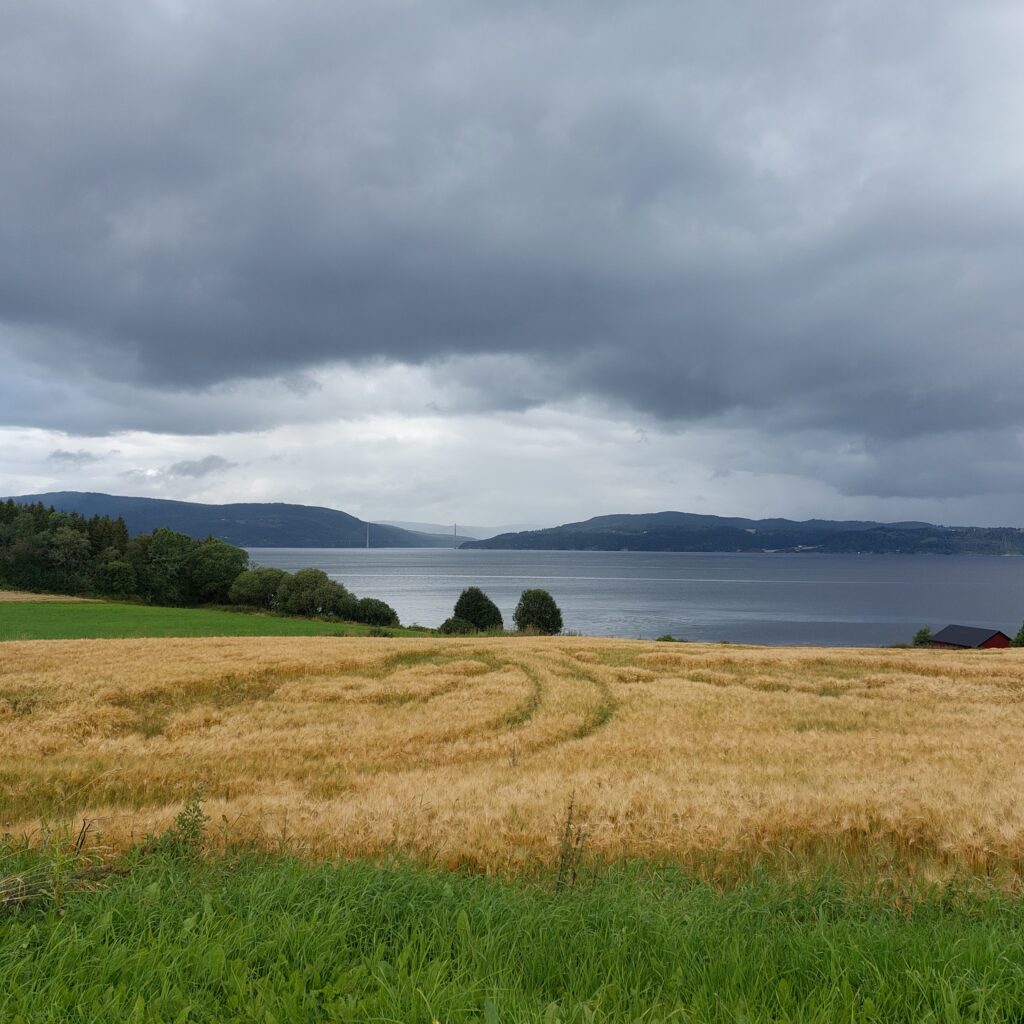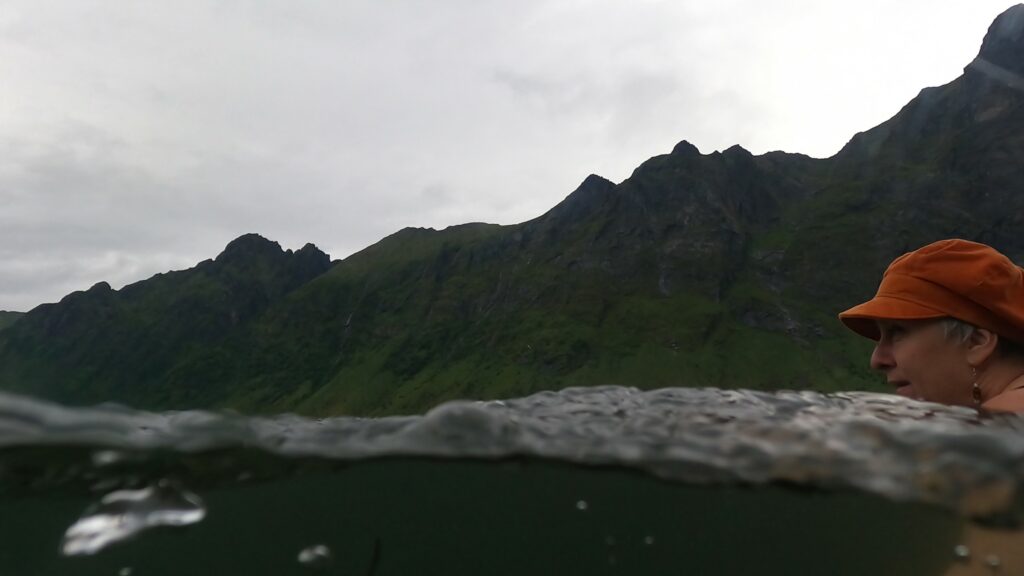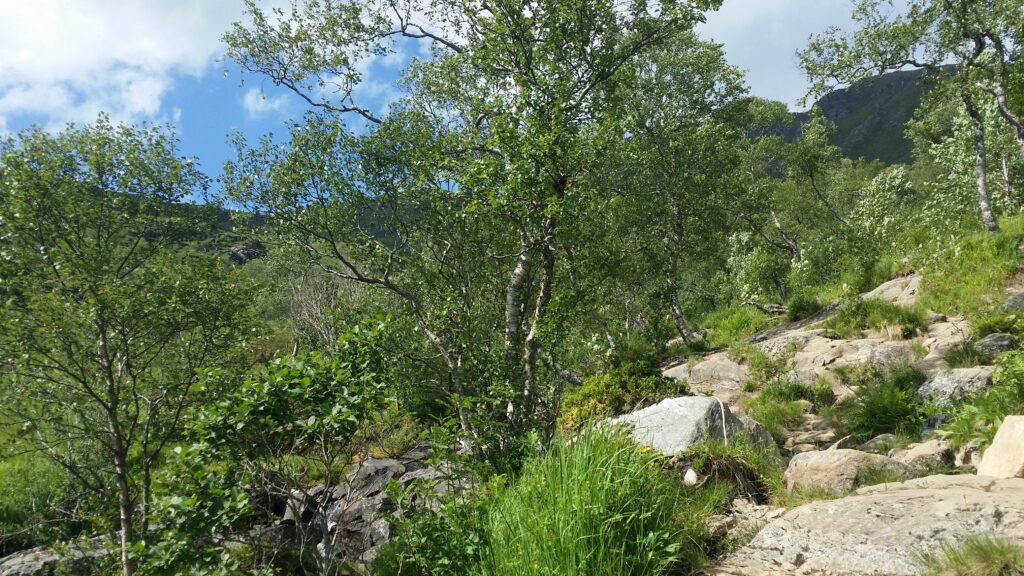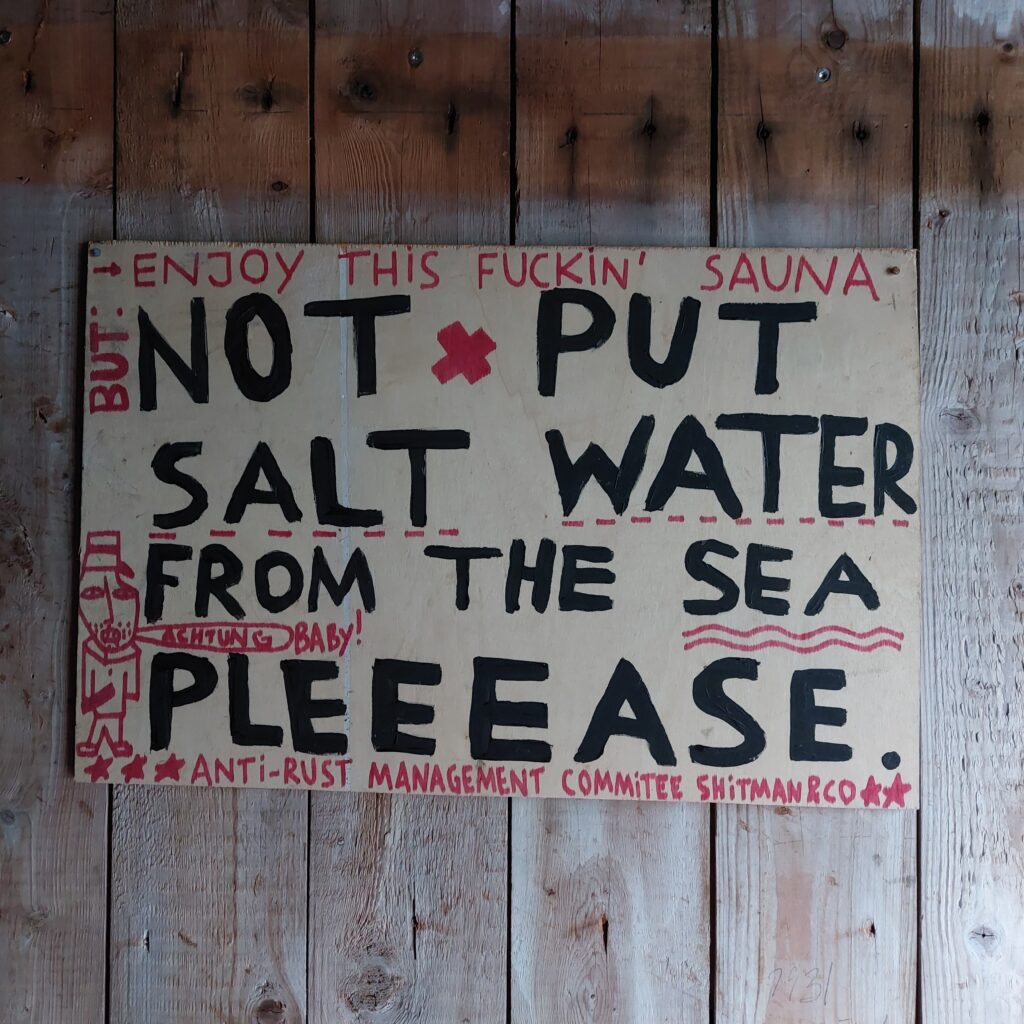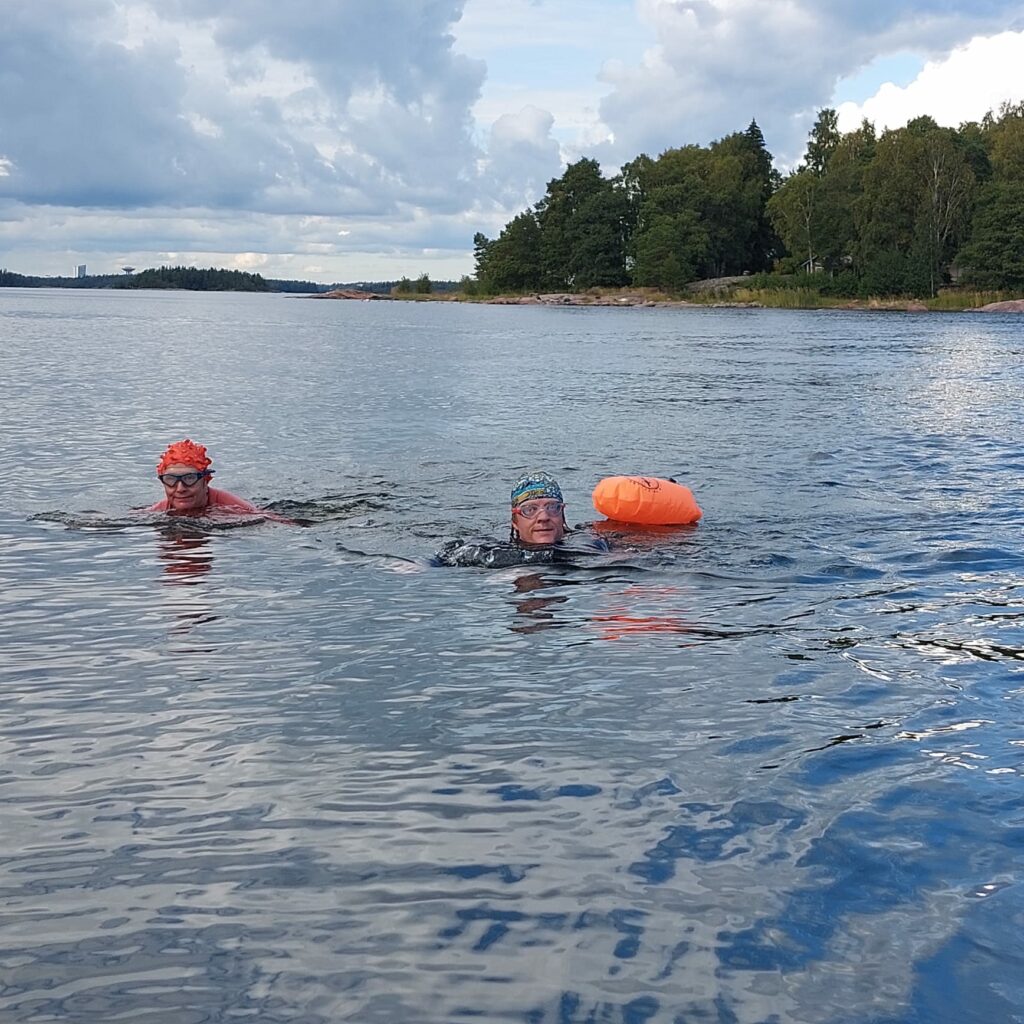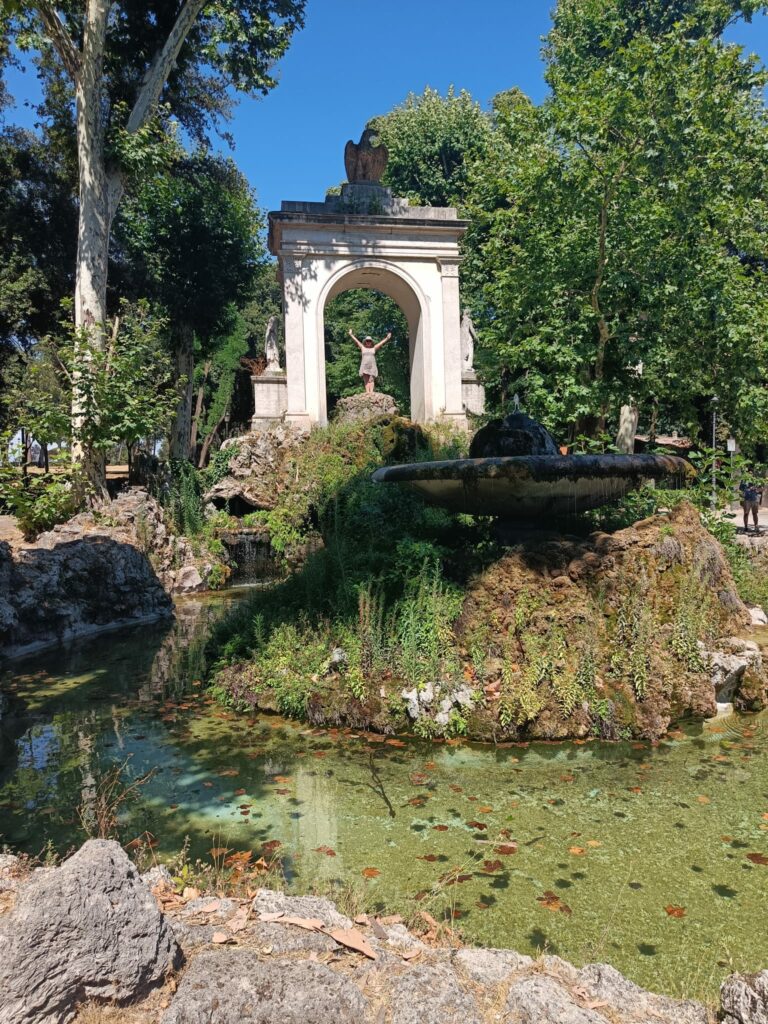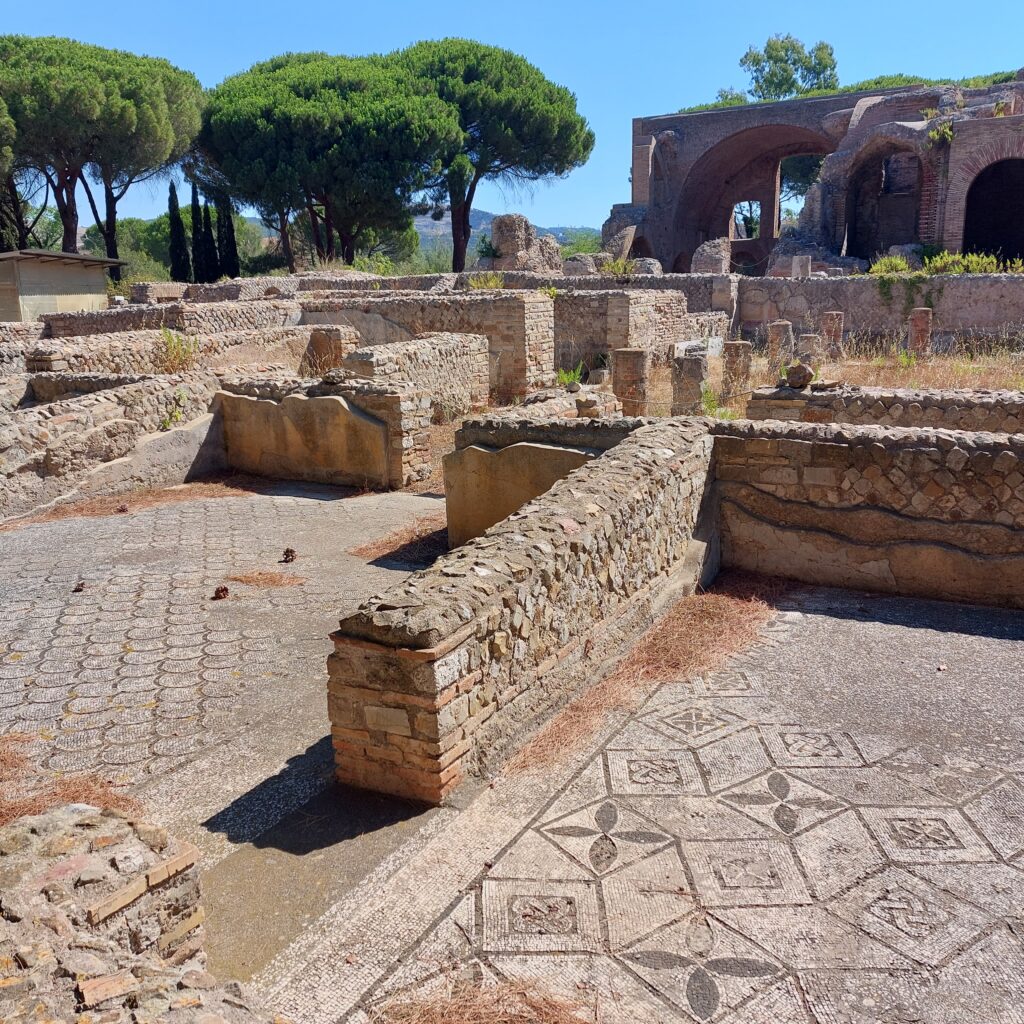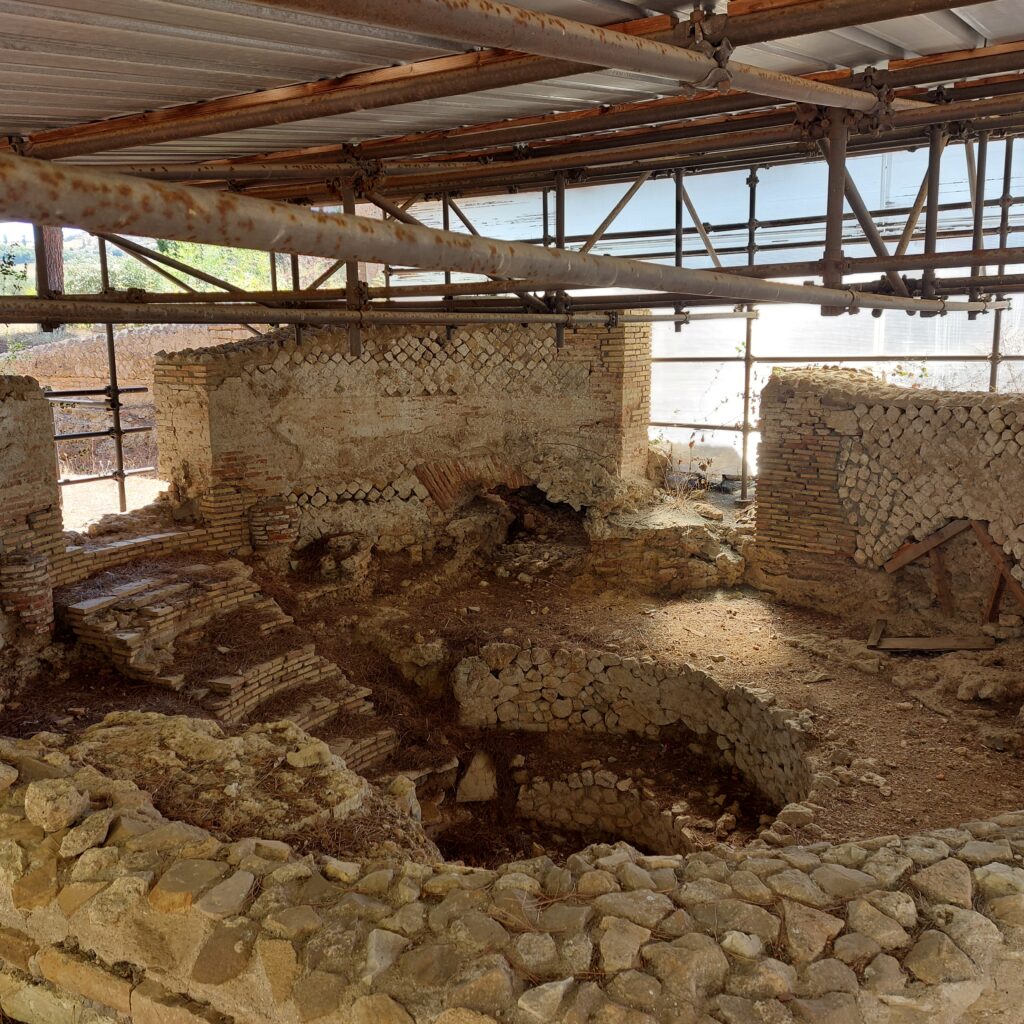From the beautiful wooden town of Levanger there goes a ferry to Hokstad on Ytterøya. Bring your bike and discover this pearl in the inner Trondheimsfjord!

Just east of the ferry quay at Hokstad, there are remains of Ytterøy Kopperverk. Mining on Ytterøya started as early as 1630, as one of Norway’s earliest mines. 5-600 people worked in the mine around 1870. The copper works were sold to an English company and renamed “Ytterøy Mining Company”. The English owners settled on the island, and the mine had the largest production in the country. The peak year was 1867, when 35,000 tonnes of ore were shipped out (95 tonnes per day). This corresponded to 25% of the world’s needs. The ore reserves were largely exhausted by 1880, and activity declined accordingly. Operations were closed down in the interwar period. It can be dangerous to explore the mining area, please do follow the paths! In the spring of 1870, there was a large mudslide by the mines. 7 people died, including 3 children.
In the 1840s/50s, the Ytterøen mines were set up to extract pyrite. This was to be used for the production of sulfuric acid at the Leren Kromfabrikk in Trondheim, but that project failed.
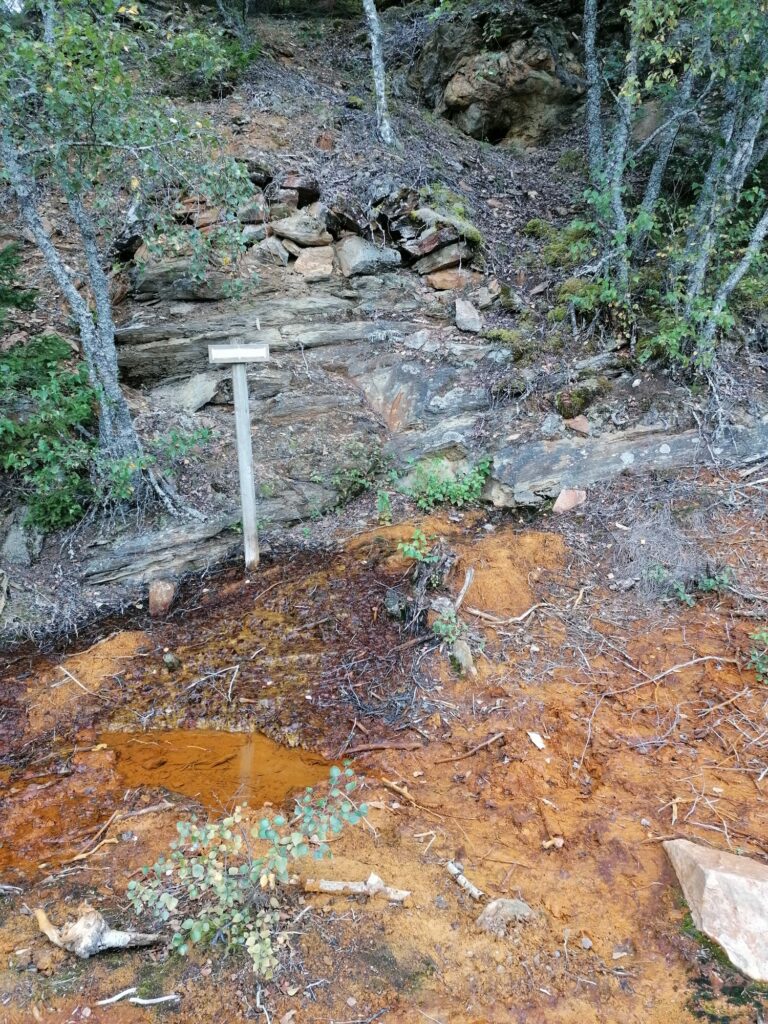
We lived in Skolbakken (the School Hill) east of the mines when we were on Ytterøya this summer. It’s nice here! Our hosts, Yvonne and Jens, needed help salvaging their submarine, but we spent so much time sightseeing, swimming and time together, that no help came out of it.

The road through the forest became a fascinating affair. Here is a viking ship of a very special type:

The bathing took place in Kabelvika, where the power cable to Ytterøya was landed earlier. Here there are a lot of pebbles! Our recommendation is to use wet socks or preferably swimming shoes in such cases, but of course we didn’t remember to bring them. For our evening bath, there were 4 of us, each with their own solution to the problem:
- Idun wore her sandals all the way down to the water front.
- Knut stepped over the pebble field without caring much about it.
- Jens didn’t bathe.
- Yvonne committed to the the Finnish national sport of wife-carrying.

Apart from the pebble problem it was a really nice bath at dusk. From Ytterøya’s south side, you can see a lot of lights from Levanger and Fiborgtangen. Wife carrying baths on Ytterøya is just right!

After a bath, time is perfect for going on a visit. It was Hauke’s birthday, so we went home to Randi and Hauke. He wanted a visit of the Norwegian King and Queen for his birthday, but since he had forgotten to send the invitation, Hauke had to be satisfied by a couple of neighbours, as well as a couple of Trondhjemmers with accordions. Good enough, right? On a birthday visit, time is perfect for a taste of ‘Grønn Glede’ (Green Happiness). It was very, very green, but you survived, Knut? Extremely healthy this is!








